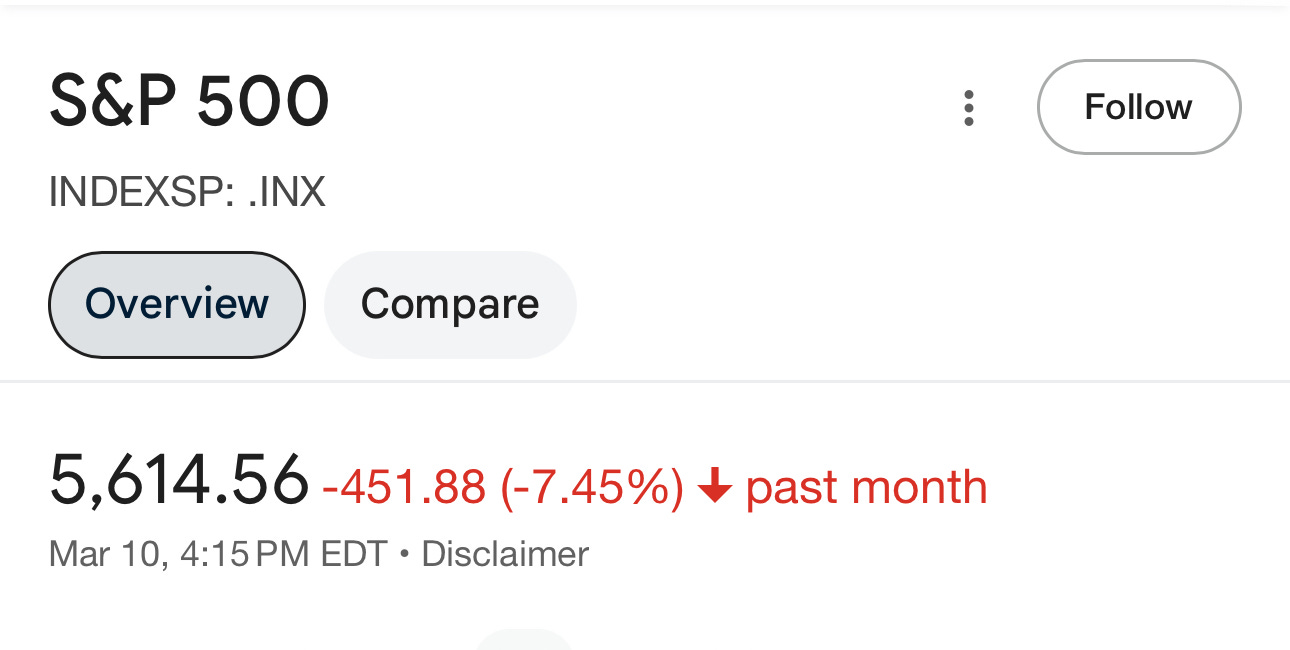What Will Happen to Student Loans?
What’s happening to the Department of Education (DOE) and its potential impact on student loans? Here's what we currently know and what might unfold in the coming months.
This post was in response to requests I received on Instagram.
The DOE Downsizing
The US Department of Education announced Tuesday that it's cutting nearly 50% of its workforce, as President Trump has proposed eliminating the agency entirely. Hundreds of employees will be laid off starting Tuesday evening, in addition to those who accepted voluntary "buyouts."
These actions will reduce the department's workforce from approximately 4,100 employees at the start of the Trump administration to about half that number. According to the administration, "Today's reduction in force reflects the Department of Education's commitment to efficiency, accountability, and ensuring that resources are directed where they matter most: to students, parents, and teachers."
Why Cut the DOE?
The administration believes that the DOE is an inefficient use of resources and that educational decisions should be left to individual states. However, it's important to note that the president cannot eliminate the DOE without congressional approval. The strategy appears to be to eliminate funding, demonstrate that the DOE isn't functioning effectively, and then push Congress to vote on eliminating the department entirely.
Impact on Student Loans
The current administration's student loan policy remains unclear. Based on recent actions, I anticipate that student loan forgiveness programs will likely be eliminated. The income-driven loan repayment program, Saving on a Valuable Education (SAVE), has already been blocked for three months, forcing enrolled borrowers to switch to alternative programs.
My assessment: existing loans will remain in place, and you will be expected to repay them. The management of these loans will probably transfer to another government office, likely the Treasury Department.
Student Loans in the Long Run
The future of student funding for higher education remains uncertain. The DOE currently manages the Free Application for Federal Student Aid (FAFSA), which has historically been a challenging application process. With the DOE workforce cut in half, processing these applications will become even more difficult. This will almost certainly affect students applying to college in the coming years.
What to Expect
Reduced government funding for education
Stricter repayment terms for existing loans
Potentially higher interest rates
Less accessible financial aid application processes
More reliance on private loans and scholarships
The Takeaway
I've often noted that cutting education and healthcare funding is a politically expedient way to appear fiscally responsible. The financial "benefits" in the form of immediate savings are visible within the current budget cycle, but the true costs won't be felt until years after the administration has moved on.
Read More
Fears of a Recession Causes Markets to Slip
The stock market indices are down. The S&P 500 is down 7.45% in the past 30 days. Today, the S7P 500 fell 3.2%, its largest one-day loss since 2020. The market fell after President Trump failed to ru…



This reduction of funding and staffing at DOE without a clear government plan on how existing and future student loans will be managed is concerning and appears to be very short-sighted.
I’m a Canadian student, but certainly share similar concerns and feel the stress of uncertainty - for current and future students.